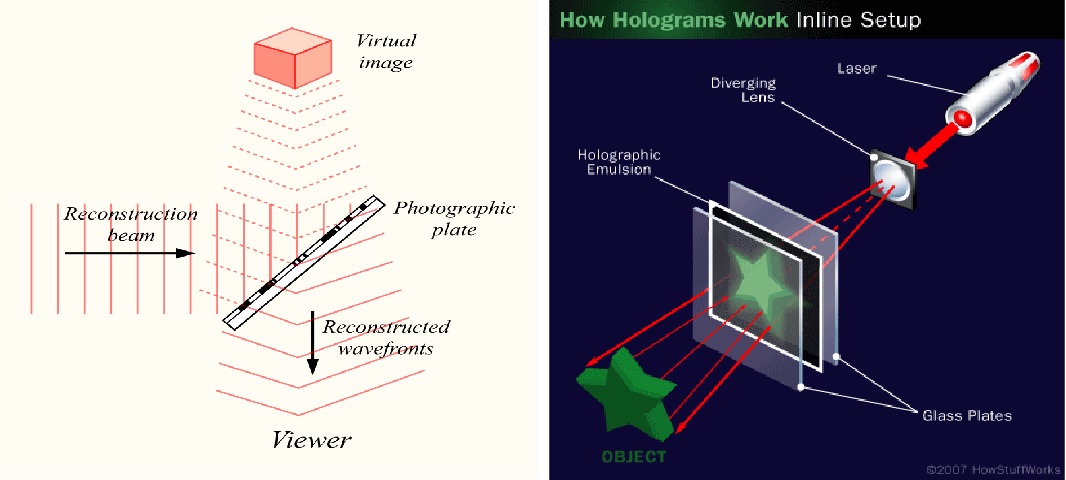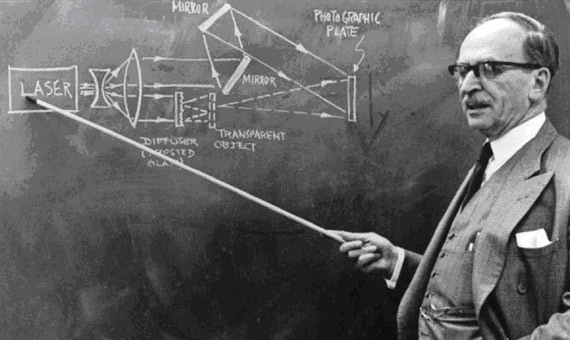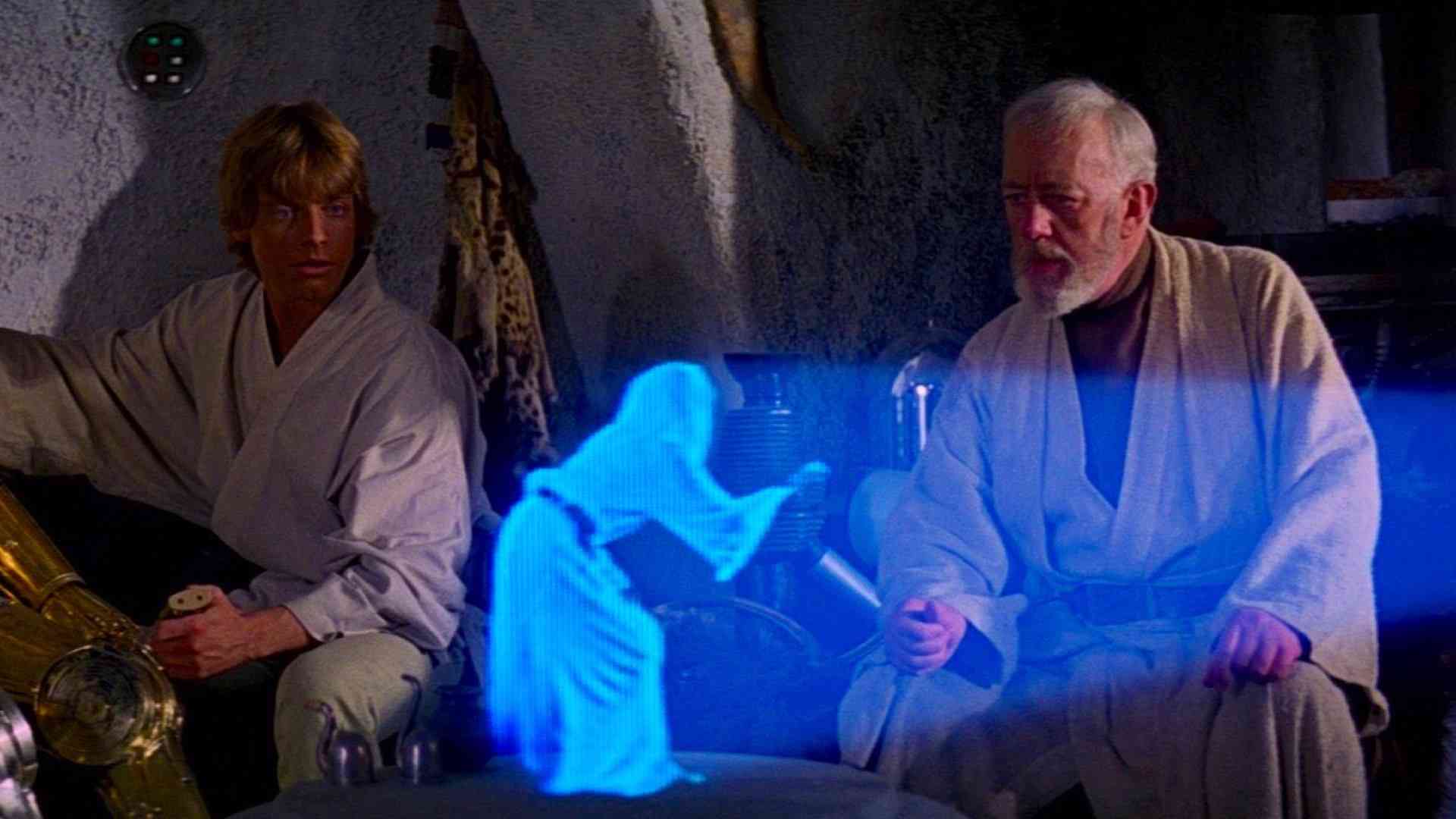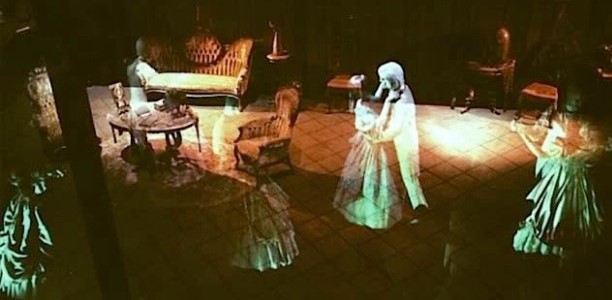Discovering More About Holograms
Today we delve into the fascinating world of holograms! These images are amazing to look at, how can a flat picture create images that have such depth? Let’s explore…
What is a hologram?
- A hologram is a two- or three-dimensional image, created with photographic projection. You can literally look around the image and see different sides from different angles.
- In simple terms a hologram is created by splitting a laser beam into two separate beams, using an angled mirror. This then forms an object beam and a reference beam. Heading in different directions, both beams are reflected off other angled mirrors, and as the two beams come together the hologram is created.
- The term hologram comes from the Greek words ‘holos’ meaning whole, and ‘gramma’ meaning message.
- While most holograms are made with laser light, laser light is not always required to view captured holograms, which can be viewed with an ordinary spotlight or even sunlight.

History of holograms
- Holography dates from 1947, when British scientist Dennis Gabor developed the theory of holography while working to improve the resolution of an electron microscope.
- Dennis Gabor was originally from Hungary. He became a British citizen in 1946, after fleeing to the country in 1933 from Germany.

- Dennis Gabor was awarded the Nobel Prize in Physics in 1971 for this invention and development of the holographic method.
- The development of holograms stalled until 1960 when Russian scientists N. Bassov and A. Prokhorov and American scientist Charles Towns invented the laser, whose pure, intense light was ideal for making holograms.
- In the same year another huge development was made. The pulsed-ruby laser was developed, a laser system which emit a very powerful burst of light that lasts only a few nanoseconds and effectively freezes movement and made it possible to produce holograms of high-speed events.
- The first hologram of a person was made in 1967, paving the way for a specialised application of holography, pulsed holographic portraiture.
Holograms today
- There are several types of holograms which can be made. Rainbow holograms allow illumination by white light rather than lasers. You can see rainbow holograms on everyday items such as credit cards and security packaging.
- Theoretically holograms could someday be transmitted electronically to a special display device in your home and business, think Star Wars ‘Obi-Wan Kenobi, you’re my only hope’.

- In 2015 Japanese researchers created the first holograms that can be touched. Called Fairy Lights, these holograms could serve as the beginning to developing technology where humans could interact with the hologram.
- Many movies and attractions use false hologram techniques to project 3D images. The Pepper’s Ghost illusion is a popular effect you’ll have seen on stage or at theme parks (think the dancing ghosts at Disney’s Haunted Mansion), but these are not real holograms.

- At Camera Obscura we have a large collection of holograms for you to enjoy. Our holograms are reflection holograms, and have the light source coming from the front side, with the reconstructed image reflecting back off the surface of the image.
- Holography kits are now available for you to use at home without the need of specialised equipment and make popular gifts for hologram enthusiasts.

